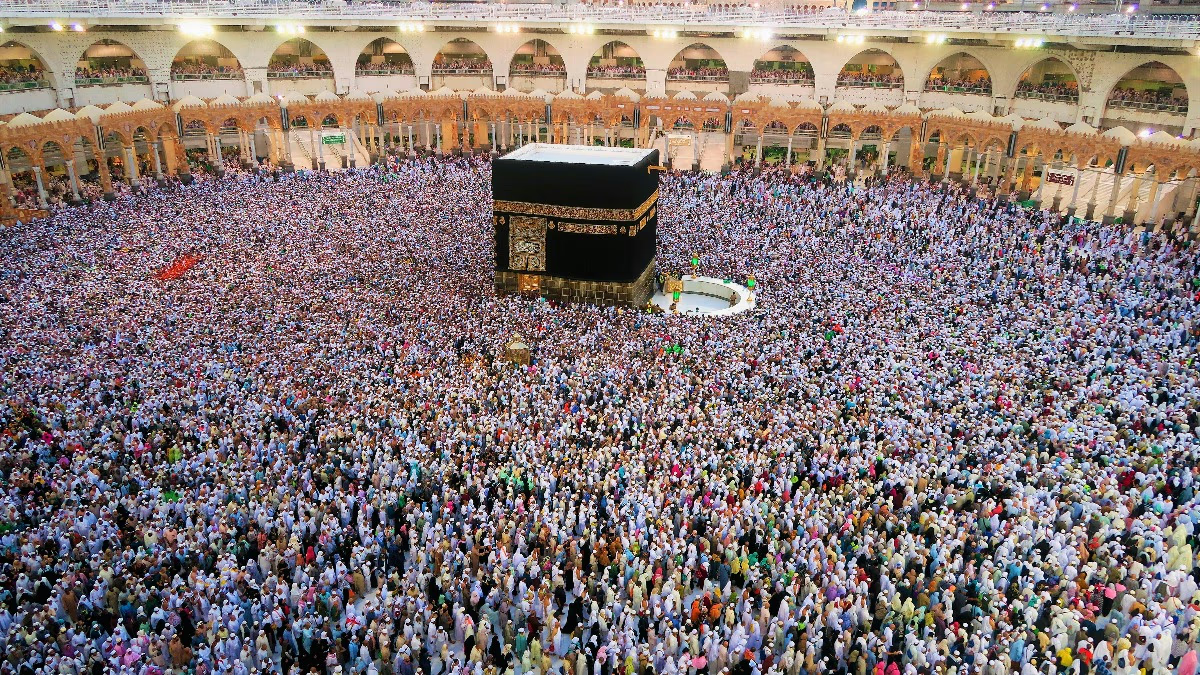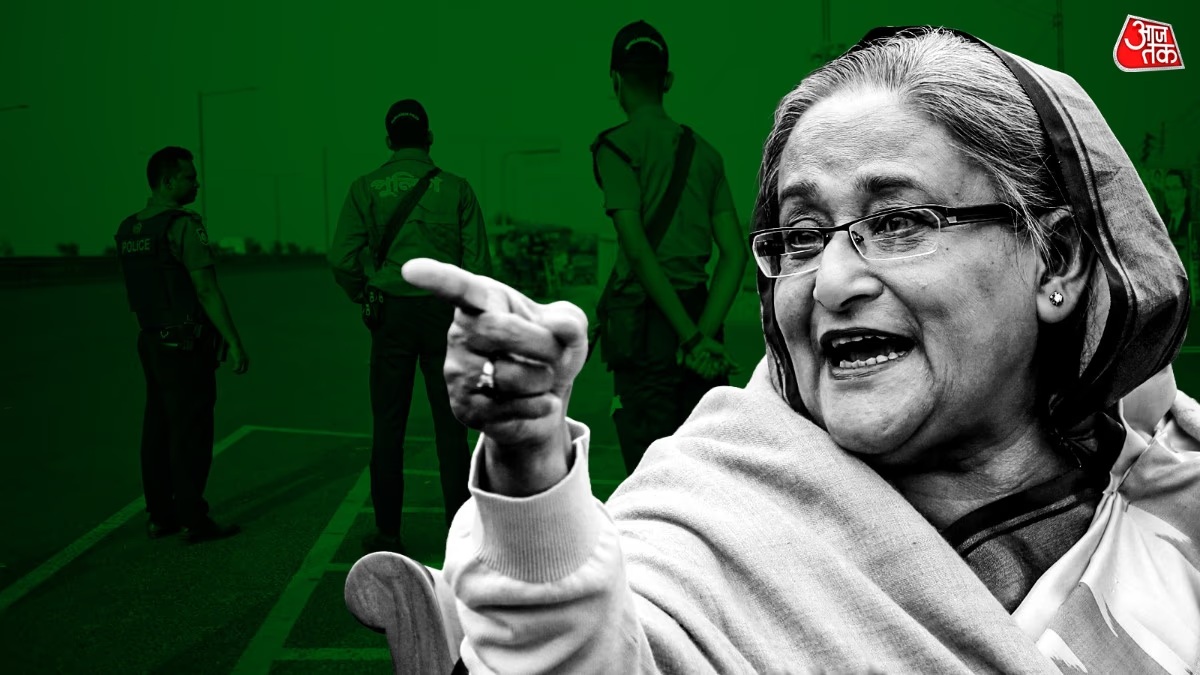Tragic news from Saudi Arabia: at least 42 Indian Umrah pilgrims have lost their lives in a bus collision with a diesel tanker en route from Mecca to Medina. It's essential to understand that while both Umrah and Hajj hold great significance in Islam, they have noteworthy distinctions. Let’s delve into when Umrah and Hajj are performed, their duration, the crucial rituals involved, and their respective importance.
How Do Umrah and Hajj Differ?
Umrah is often dubbed the "lesser pilgrimage." It can be performed any day, any month, whereas Hajj spans five much-anticipated days from the 8th to the 12th of Dhul-Hijjah. Most pilgrims reach Mecca before Hajj begins and stay on afterward, extending their spiritual journey.
The Four Pillars of Umrah:
Donning Ihram – Intention and wearing white clothing.
Performing Tawaf – Circling the Kaaba seven times.
Completing Sa'ee – Walking seven times between the Safa and Marwah hills.
Halq or Taqsir – Shaving the head or clipping the hair.
When is Umrah Performed?
Umrah can be completed in mere hours. It is not obligatory, but Sunnah and it's highly recommended. It can be undertaken multiple times throughout the year.
What is Hajj?
Hajj is the fifth pillar of Islam, obligatory on those who are physically and financially able, and performed once a year during the Islamic month of Dhul-Hijjah. It is a mandatory act of worship for every Muslim once in their lifetime if they can undertake it.
What Happens During Hajj?
Donning Ihram
Performing Tawaf
Completing Sa'ee
Dhul-Hijjah: Standing at Arafat (The greatest rite of Hajj)
Spending the night in Muzdalifah
Dhul-Hijjah: Stoning the Devil, Sacrificing, Shaving or Trimming the Hair
Tawaf al-Ifadah – Farewell Tawaf
When is Hajj Performed?
Hajj takes at least 5-6 days to complete and is a pillar of faith for the Muslim community. It is necessary to perform it only once in a lifetime if one is able.
Why are the Two Considered Different?
Umrah and Hajj are distinguished by different levels of difficulty and obligation. Hajj involves massive crowds and specific strenuous rites at a predetermined time. It is a religious duty, while Umrah can be performed leisurely, with lesser effort, focusing on intention and purity of heart.
The Connection Between Hajj and Eid al-Adha
1. Eid al-Adha and the Commemoration of Hajj
Eid al-Adha commemorates the sacrifice Prophet Ibrahim (peace be upon him) was willing to make of his son Ismail (peace be upon him) on God's command. Witnessing his sincerity, God sent a ram for the sacrifice. This tradition is observed during Hajj as well.
2. Eid al-Adha's Link to Hajj's Pivotal Rite
The essential Hajj rite is the “Sacrifice” on the 10th of Dhul-Hijjah. On this day, Muslims worldwide, not just those on Hajj, partake in Eid prayers and sacrifice animals, linking Eid al-Adha to Hajj’s timing.
3. Hajj is Exclusive to Mecca; Eid al-Adha is Global
Hajj: A once-a-year pilgrimage solely in Mecca.
Eid al-Adha: Celebrated by Muslims everywhere, whether they perform Hajj or not.
4. Sacrifice is Obligatory for Hajj Pilgrims
Those performing Hajj must sacrifice on the 10th of Dhul-Hijjah, whereas for other Muslims, it is considered Sunnat-e-Ibrahimi.




